|
Equipment installation for NICA mega project in JINR. |
Since then, Dubna has become one of the important scientific cities of the former Soviet Union and today's Russia. Mendelev's periodic table with the elements invented here is the "special identity" of this city.
JINR is an intergovernmental scientific research organization, consisting of 16 official member states, including Vietnam. Every year in March, the Plenipotentiary Conference of JINR member states meets in Dubna. On this occasion, as journalists of member states, we were fortunate to have the opportunity to visit the leading nuclear scientific facility not only in Russia but also in the world.
Since the city of Dubna is home to the world’s leading laboratory for nuclear physics experiments, it has become almost a “forbidden land” reserved for scientists only. Therefore, we felt honored to be here. Passing through the gates to the laboratory area, which is fenced with barbed wire and strictly controlled by security forces, we felt nervous. Only those with permits are allowed to enter the JINR experimental areas.
|
High Energy Physics Laboratory. (Photo: THUY VAN) |
This time we visited two laboratories. One of them was the Laboratory of High Energy Physics named after scientists Gumilyov Veksler and AM Baldina, which houses the legendary Synchrophasotron accelerator that accelerated proton beams to 10 GeV in April 1957.
This was a record energy level achieved at accelerators at that time. We witnessed with our own eyes a giant magnet ring with a diameter of nearly 60m, occupying the entire area of a building with the total weight of the installed steel more than twice the weight of the Eiffel Tower.
|
The place where the legendary Synchrophasoton accelerator with a giant magnet ring weighing 36,000 tons is located. (Photo: THUY VAN) |
The bronze plaque at the entrance of the laboratory building also states: “From 1957 to 1960 this accelerator held the world record among accelerators. The accelerator magnet was the largest and heaviest magnet in the world at 36,000 tons. This device operated from 1957 to 2002 for more than 100,000 hours in high-energy physics experiments.”
It was these scientific facilities that helped the former Soviet Union lead the world in research on nuclear reactions and heavy element synthesis.
|
MPD multi-function detector with extremely complex structures. (Photo: THUY VAN) |
Today, these devices are kept as part of new projects as well as “heritage” for educational purposes, when organizing practical tours for students, researchers, and scientists to understand the immense scientific work.
To explain it in the most popular way, these accelerators help create a simulation of the state of the universe after the Big Bang, helping scientists find the states of matter in the universe. At the same time, many new elements in the periodic table have been discovered from these JINR experimental facilities.
|
Mendeleev's expanded periodic table with elements invented at JINR. (Photo: THUY VAN) |
Since 1966, Dubna has become a bright spot on the world science map when JINR won the right to be the place of discovery of new elements, especially superheavy elements, after Uranium. These are elements: 113, 114, 115, 116, 117 and most recently element 118. Element 105 - Dubnium is also named after the city of Dubna.
Mendeleev's periodic table of chemical elements in 1869, human intelligence knew only 63 elements. From 1940-1965, the National Laboratory of the University of California in the US continued to discover 9 more elements (93-101). Since 1966, Dubna has claimed the right to be the place of discovery of new elements, especially superheavy elements, after Uranium: 113, 114, 115, 116, 117 and most recently element 118.
|
Following Vietnamese graduate students doing research at JINR. (Photo: THUY VAN) |
It should be noted that, over the years, major scientific facilities around the world have continuously built, researched and invested in developing increasingly improved high-energy accelerators with great strides. Also at the high-energy physics laboratory, since 2013, JINR has been implementing the super project NICA (Nuclotron-based Ion Collider Facility) of the Nuclotron-based ion accelerator facility.
NICA is considered an ambitious research project created with the aim of studying the field of nuclear physics that was previously inaccessible to humans in terms of experimental parameters and conditions, collecting beams of heavy ions and highly polarized nuclei in the energy range up to 11 GeV.
President Putin personally inspected the installation of this system in Dubna. The installation of this system has encountered many difficulties in the past, but has been accelerated recently.
|
Visiting the installation site of the NICA mega-project accelerator. (Photo: THUY VAN) |
We were also delighted to meet Luong Ba Vinh, one of two Vietnamese PhD students who have been working at the lab for the past three years. Since 1998, the Vietnam Academy of Science (later the Vietnam Academy of Science and Technology) has been assigned by the Government to be the focal point for coordinating scientific research cooperation activities between the Vietnamese Government and JINR. Over the past 10 years, Vietnam has sent 20 staff members to study and conduct long-term research.
|
Vietnamese graduate students are confident and proactive in communicating with professors working at JINR. (Photo: THUY VAN) |
Prof. Dr. Tran Tuan Anh , Vice President of the Vietnam Academy of Science and Technology, said that in response to the current requirements for rapid and sustainable economic development, Vietnam clearly identifies the importance of mastering basic science and technology and core technologies, in order to enhance its endogenous potential. In addition, JINR also innovates its cooperation policy with member countries, aiming to balance the level of contribution and benefits received.
In that context, Vietnam, through the Academy, has developed many more proposals for joint cooperation projects, contributing to promoting more in-depth research activities, focusing on improving scientific and technological capacity and promoting major projects such as supporting the development of nuclear energy.
|
Bogoliubov Theoretical Physics Laboratory office area. (Photo: THUY VAN) |
In 2024, the number of Vietnamese researchers working at JINR will increase to 36, with the increase mainly coming from short-term staff working for 6 to 9 months. The main research areas that Vietnam participates in are High Energy Physics; Nuclear reactions, using neutron beams and heavy ion beams; Radiation applications in medicine, materials science and biology; Accelerator design and development, research on radioactive waste treatment technology. Research channels from the IBR2 nuclear reactor serve to train human resources for the new nuclear reactor in Dong Nai.
Speaking to Vietnamese journalists , JINR President - Academician Grigory Trubnikov highly appreciated Vietnam's cooperation with the institute. He also mentioned scientists who have made contributions to the history of JINR such as the late Professor Nguyen Van Hieu, who received the Lenin Prize for discovering a new law in physics.
|
Photo of Professor Nguyen Van Hieu at JINR. (Photo: THUY VAN) |
We were also deeply moved to see the portrait of Professor Nguyen Van Hieu hanging in the meeting room of the Theoretical Physics Laboratory building named after scientist Bogoliubova, who was also the teacher of the late Professor Nguyen Van Hieu.
Vietnam is entering a new stage of development with the goal of becoming a developed country with internal science and technology playing a key role. JINR, the world's leading nuclear science center, is a strategic partner, not only in basic research and human resource training but also in knowledge and technology transfer.
It is worth mentioning that, with the traditional cooperation foundation and the increasingly deep participation of Vietnamese scientists in key projects, Vietnam's cooperation at JINR needs to determine long-term investment like many other member countries have had a long-term strategy to build an "incubator" of high-quality scientists, making important contributions to the rapid, sustainable and technologically autonomous development of Vietnam in the new era.
We have world-famous professors such as Professor Nguyen Van Hieu, Professor Nguyen Dinh Tu in the field of nuclear physics, we can fully expect from the future generation. As a quote by Professor Flerov Nikolaevich is recorded on the wall of the Institute in Dubna: “If I agree with you right away, you will not take it seriously anymore. If I say no to you, you will not listen anymore. Therefore, nothing is impossible!”.
|
Mendeleev's periodic table is the symbol of the city of Dubna on the banks of the Volga River. (Photo: THUY VAN) Source: https://nhandan.vn/tham-dubna-co-so-khoa-hoc-hat-nhan-hang-dau-cua-nga-post867603.html |


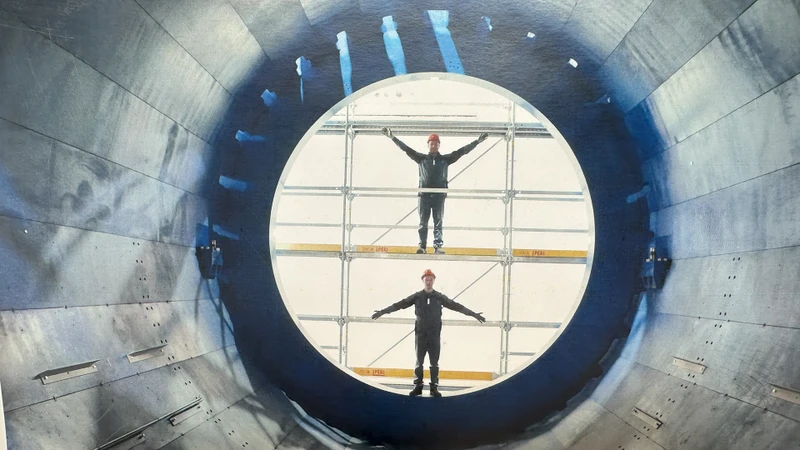
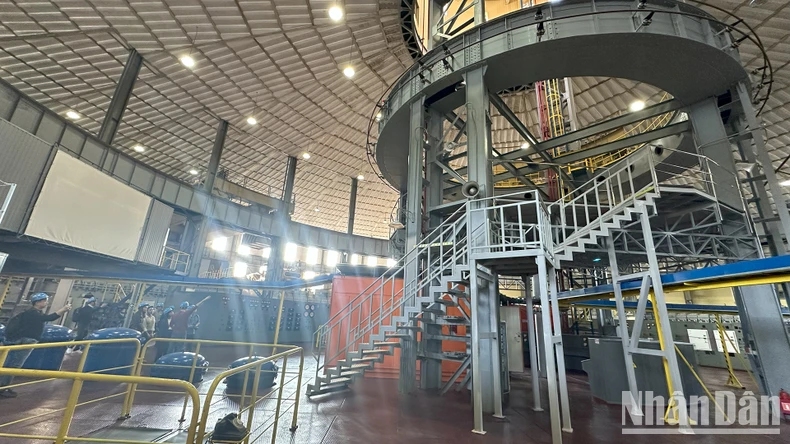
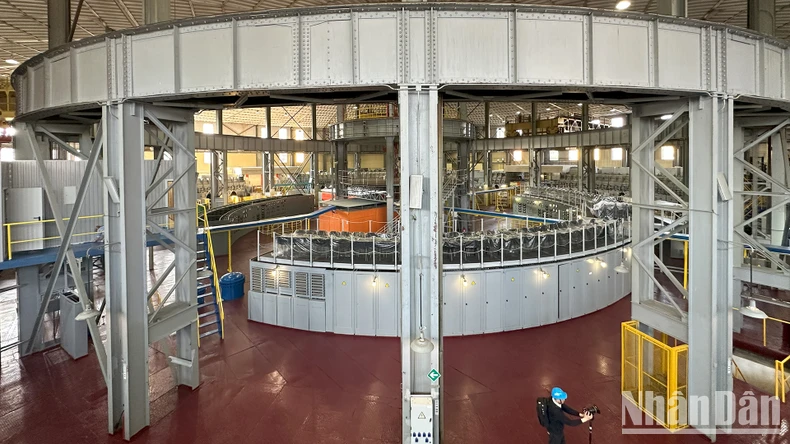
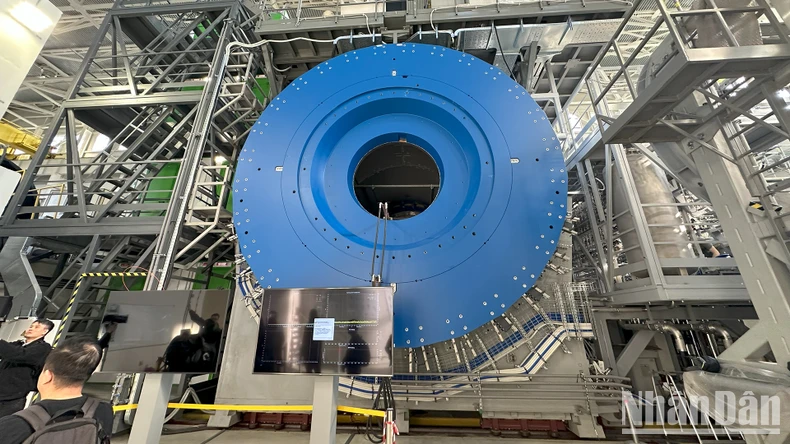
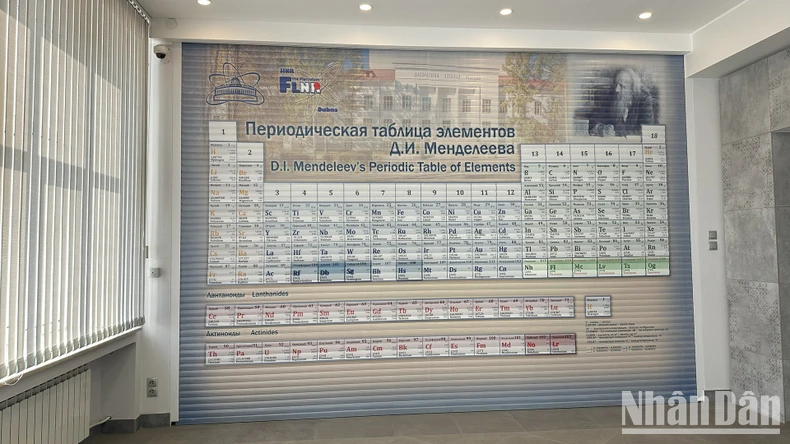
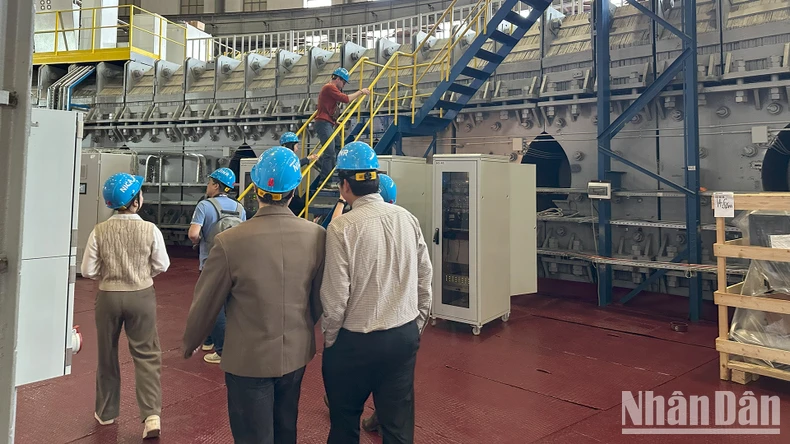
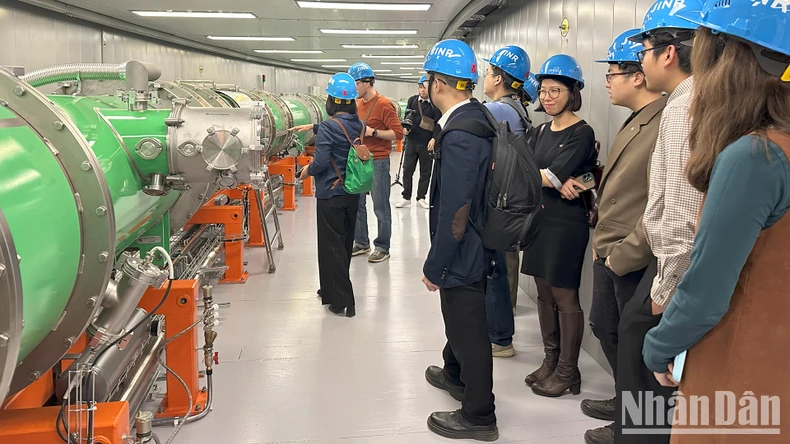
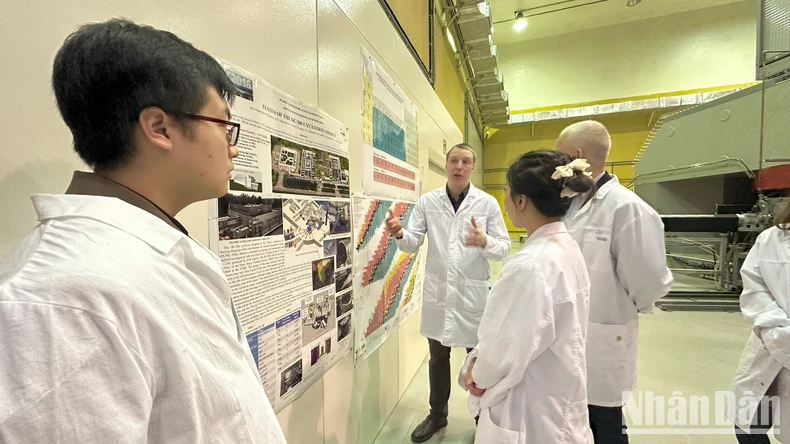
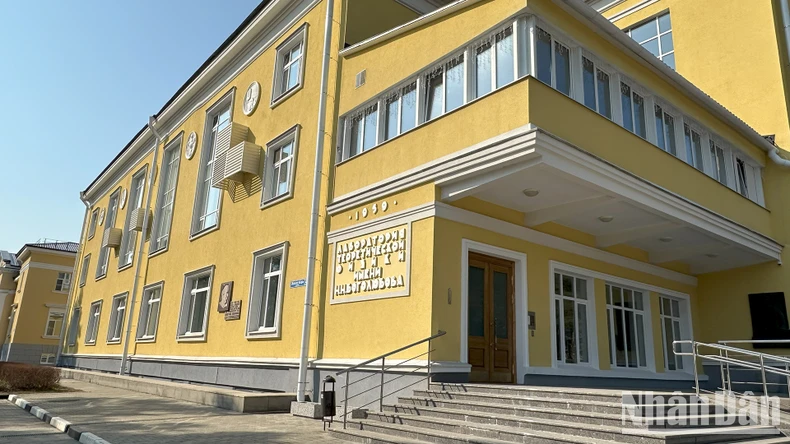
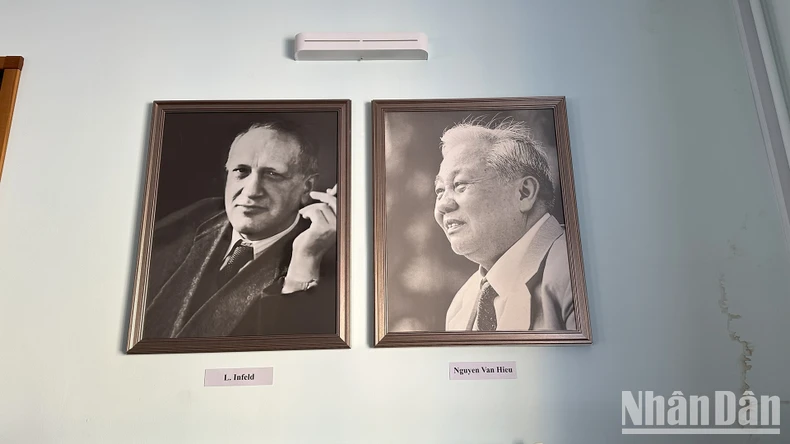
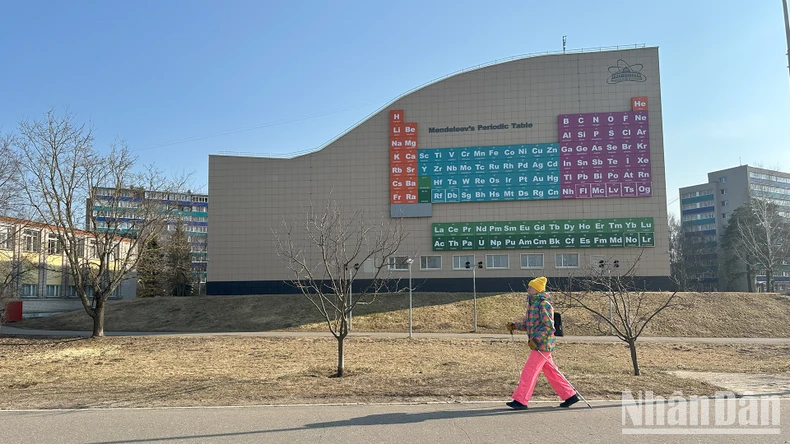








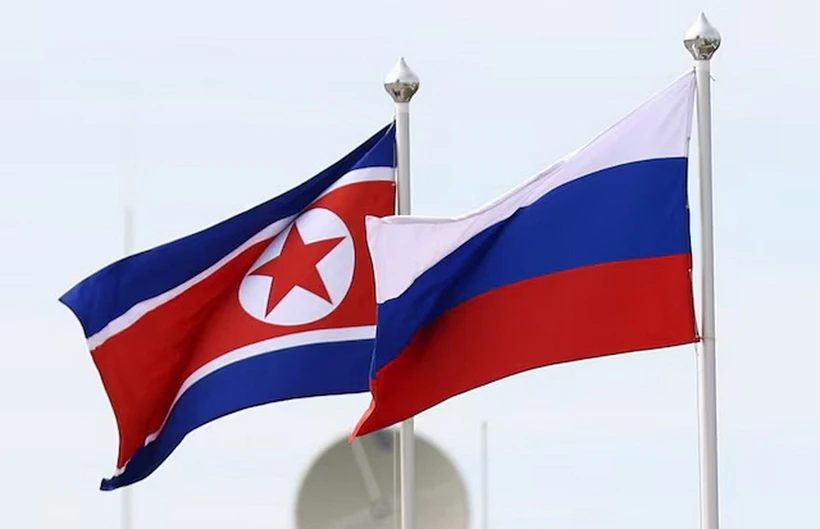

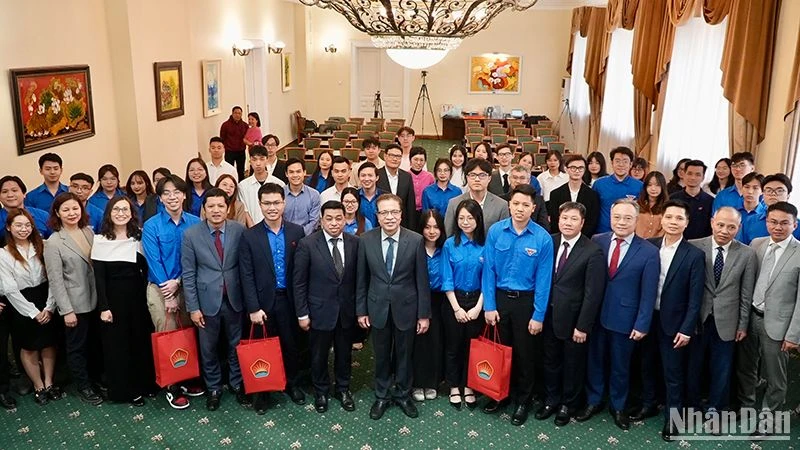
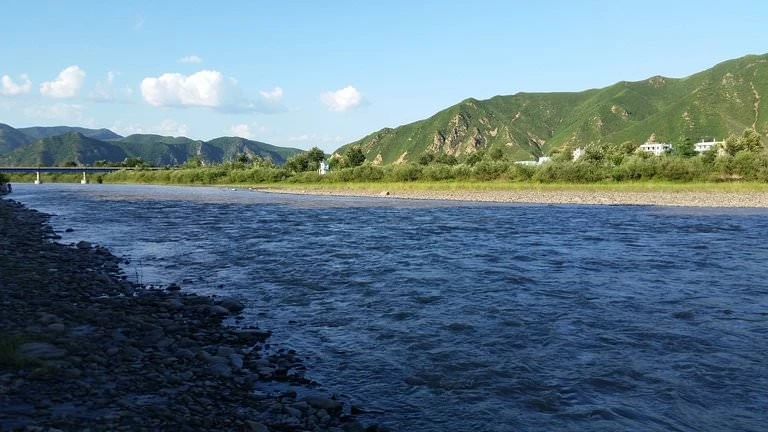


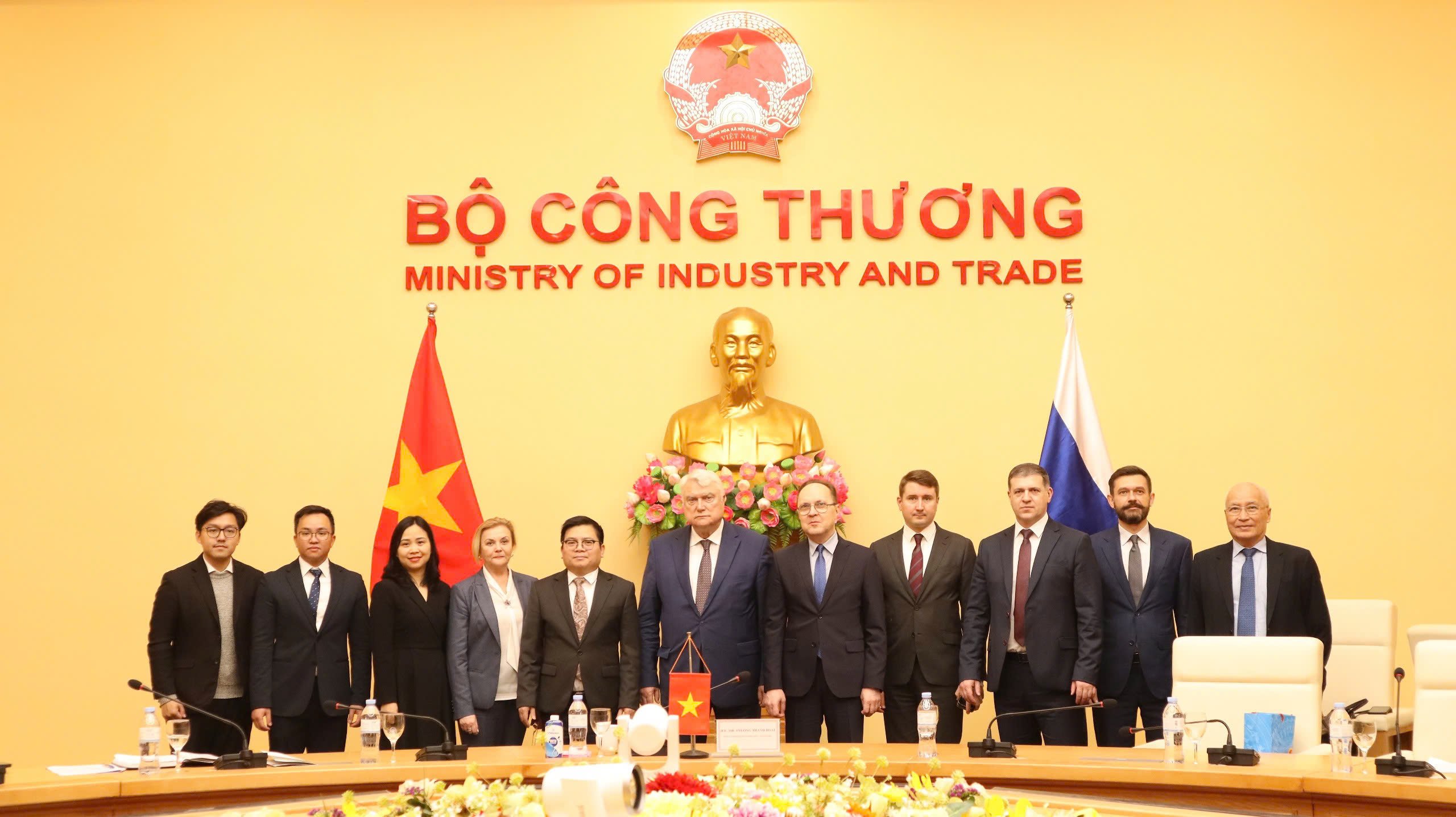
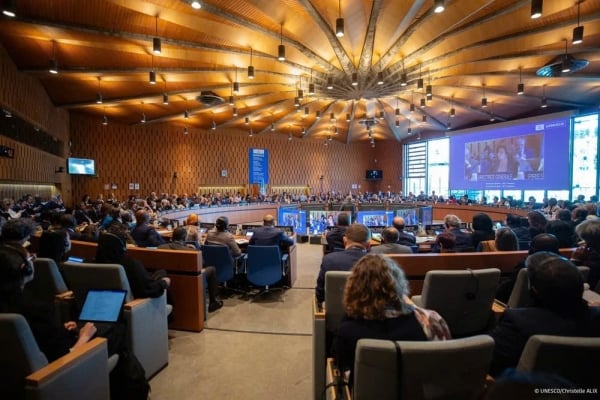
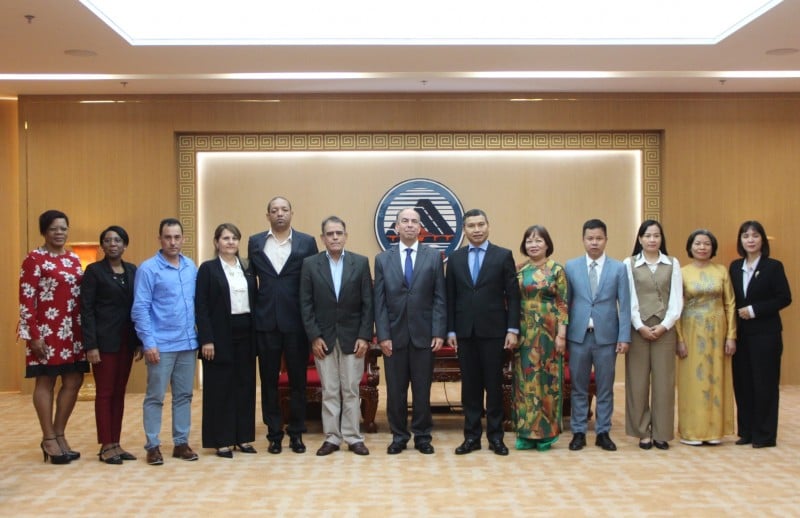
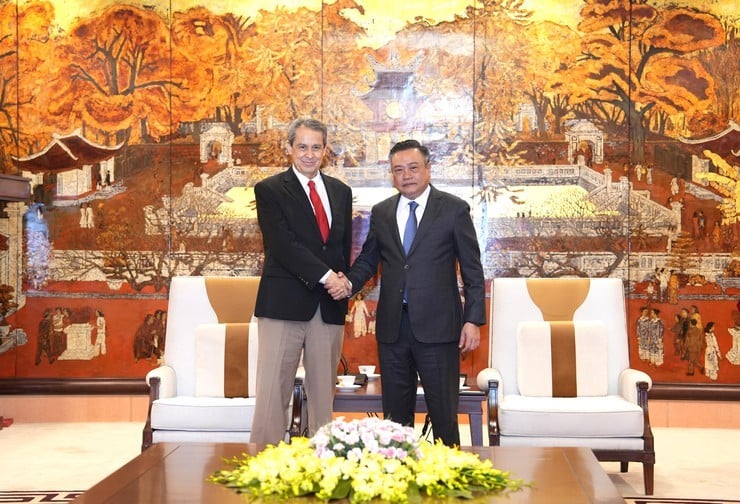


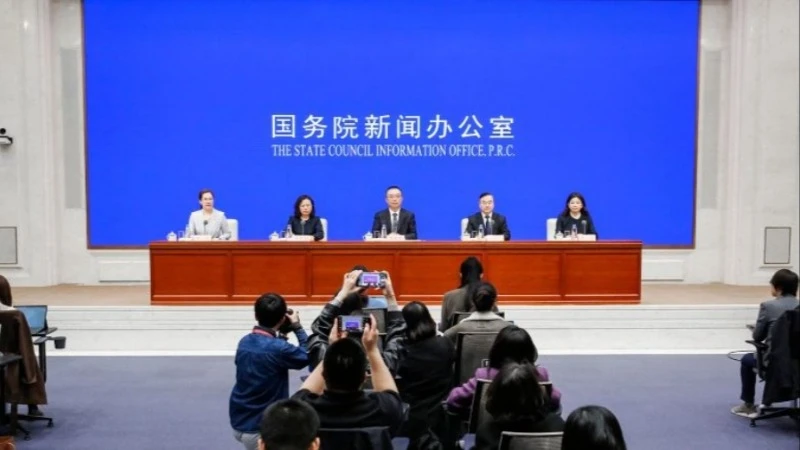



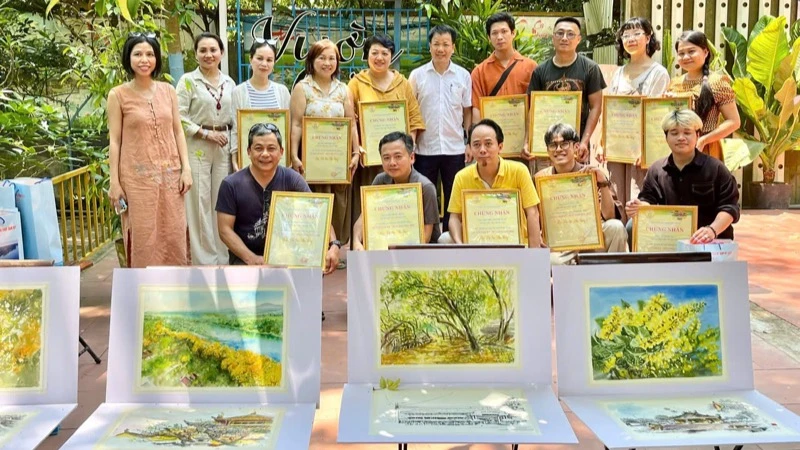





![[Photo] "Beauties" participate in the parade rehearsal at Bien Hoa airport](https://vstatic.vietnam.vn/vietnam/resource/IMAGE/2025/4/11/155502af3384431e918de0e2e585d13a)



















































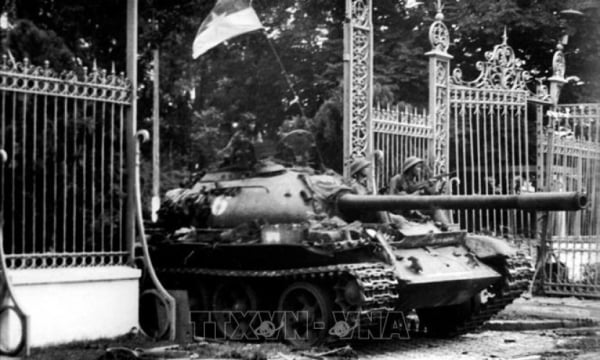











Comment (0)